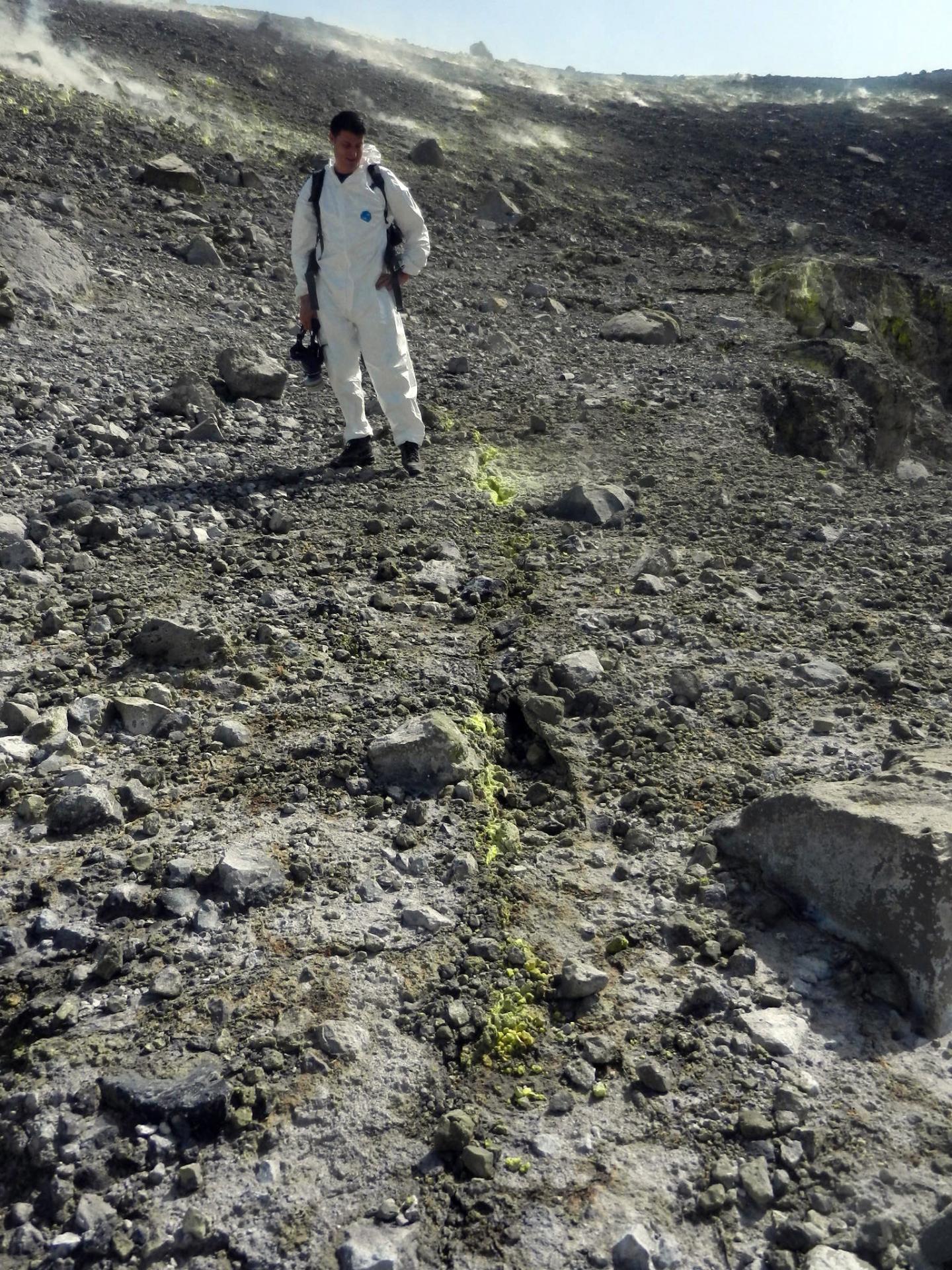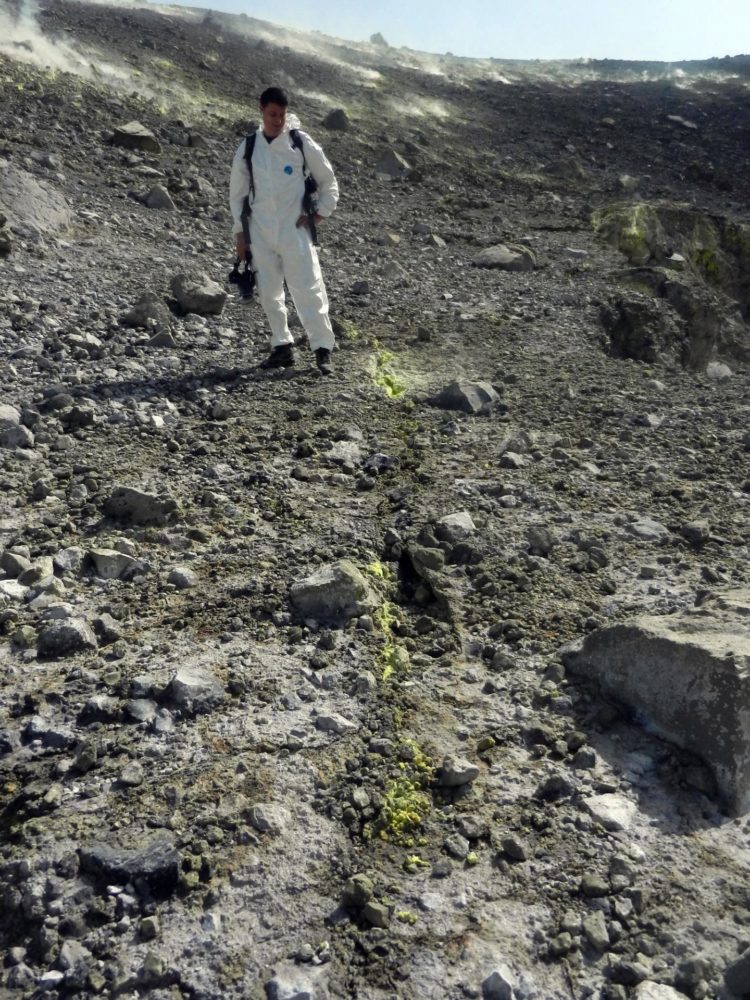A UNIGE researcher has discovered the particularities of porphyry copper and gold deposits, providing mining companies with a new tool to maximise the extraction of these two metals.

Credit: © UNIGE
Why are some porphyry deposits – formed by magmatic fluids in volcanic arcs – rich in copper while others primarily contain gold? In an attempt to answer this question, a researcher from the University of Geneva (UNIGE) investigated how the metals are accumulated over the time duration of a mineralizing event, looking for a correlation between the amounts of copper and gold extracted from the deposits. Not only did the researcher discover that the depth of the deposits influences the quantity of metals produced but also that over 95% of the gold is lost to the atmosphere through volcanic emissions. In short, the deeper a deposit is, the more copper there will be, while gold-rich deposits are closer to the surface. These findings, which are published in the journal Nature Communications, will provide valuable assistance to companies that mine these metals.
Geological processes produce different kinds of deposits. Porphyry-type deposits are formed underneath volcanoes by an accumulation of magma that releases fluids on cooling and precipitates metals in the form of ore. “Precipitation is the extraction of metals from the magmatic fluid and their fixation in an ore”, explains Massimo Chiaradia, a researcher in the Department of Earth Sciences in UNIGE’s Science Faculty. These porphyry deposits, which are found mainly around the Pacific Ring of Fire, produce three-quarters of the natural copper and a quarter of the natural gold mined. “A copper deposit can contain from one to 150 million tonnes, while the quantity of gold varies from ten tonnes to 2,500 tonnes per deposit,” continues Chiaradia. But will a copper-rich deposit automatically be rich in gold? And how can we tell where the largest deposits are located?
The depth of the deposit is crucial
The Geneva-based geologist used a range of statistical models to analyse two hypotheses: either the magmatic fluids have varying amounts of metal from the outset or the fluids are identical but it is the effectiveness of the precipitation of the metals that influences the quantity of copper and gold. “I quickly saw that the first hypothesis wasn’t right, and that the answer lays with precipitation but with differences for gold and copper related to the duration of mineralisation,” explains Chiaradia. “The longer the mineralisation time, the richer the deposit will be in copper. And for the mineralisation to be as long as possible, the deposit must be deep – 3 km from the surface – to guarantee a certain degree of insulation and a long magma life.”
Chiaradia observed that less than 1% of the gold is captured in the ores in the deep copper-rich deposits. On the other hand, in deposits located at a depth of up to 3 km, the rate climbs to 5%, “which is still very small, because over 95% of gold always escapes into the atmosphere». In fact, although gold escapes extremely easily in volcanic emissions, “it is retained more in shallow deposits where a separation takes place between the liquid and the vapor, which helps its precipitation,” points out Chiaradia. “In the deeper deposits, however, liquid and vapor form only a single fluid phase, which precipitates the copper quickly and makes the gold leak into the atmosphere as the fluid rises to the surface.”
Gold is found on the surface, while copper is found at depth
Recent studies have shown that the demand for copper is increasing to such a degree that it will outstrip its availability in natural and recyclable reserves within a few decades. This means that new exploration methods are needed to help find new deposits. And for the first time, these results clearly distinguish two types of porphyry deposits and explain the different ways they are formed. The first, which are very deep, promote the mineralisation of the copper over a long period, while the latter, which are closer to the surface, produce more gold. “It’s a valuable indication for the mineral exploration industry, which now knows at what depth it will find large deposits of copper, or conversely large gold deposits, irrespective of the volcano,” concludes Chiaradia.
###
Media Contact
Massimo Chiaradia
[email protected]
41-223-796-634
Related Journal Article
http://dx.





